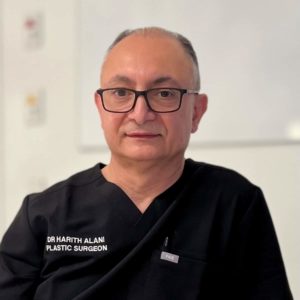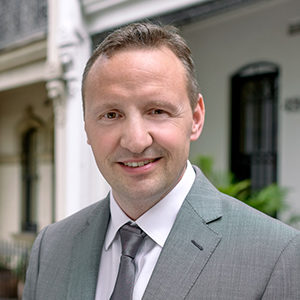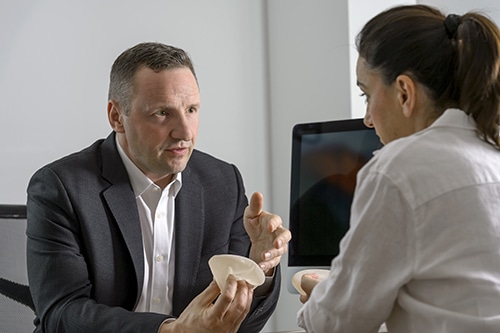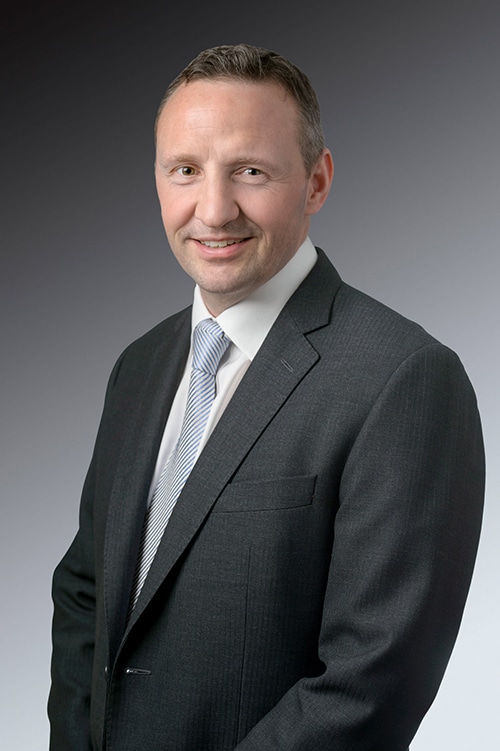SCC Squamous Cell Carcinoma Surgery in SW Sydney by Plastic Surgeons
Squamous Cell Carcinoma or SCC is the second most common type of skin cancer. SCC is a type of cancer that develops from squamous cells – the outermost cells covering the skin. It usually occurs in sun-exposed areas of the body (face, neck, arms, and hands). However, it can also occur in other body regions as well, like the buttocks or groin area.
Sydney Specialist Plastic Surgeons Dr Varun Harish, Dr Hari Alani and Dr Michael Kernohan perform skin cancer surgery while delivering optimal cosmetic outcomes. They perform a range of Skin Surgery in locations across Sydney, Southwest Sydney and Southern Highlands.
The Pure Visage Plastic Surgery Clinic is located in Gregory Hills.
There are several treatment options for squamous cell carcinoma. Your surgeon will discuss your surgical and non-surgical options with you depending on your specific case. They perform SCC Excision and tissue reconstruction and scar-reduction techniques as required.
What is Squamous Cell Carcinoma – SCC?
Squamous Cell Carcinoma is malignant non-melanoma skin cancer. It develops from the cells forming the outermost superficial layer of the skin, called squamous cells. These cells are flat and elongated.
When detected and treated early, the prognosis of squamous cell carcinoma is good. It can be cured with surgical excision alone if it hasn’t spread.
DNA damage due to sun exposure (or any other cause) sometimes leads to the development of specific mutations that give rise to cancer. The cancer cells start to multiply without control, leading to the formation of a soft tissue tumor.
Squamous cell carcinoma (SCC) and basal cell carcinoma (BCC) are two different types of skin cancers that arise from different skin cell types, however, they both fall under the term “nonmelanoma skin cancer”. Skin cancer surgery is usually the treatment of choice for non-melanoma skin cancer.
What Are the Symptoms of Squamous Cell Carcinoma – SCC?
At first, SCC might look like a non-suspicious skin lesion that you might ignore. However, certain features are suspicious of squamous cell cancer. You should look out for:
- A non-healing or recurring wound over several weeks
- A flat lesion with a scab and raised edges
- A flat lesion with redness and scaling
- A persistent open sore in the mouth
- A persistent open wound
- Wart-like lesions around the groin and anal region
Most of the time, SCC develops in areas with constant sun and UV-light exposure, like the face, neck, hands, and arms. However, as a rule, SCC can develop anywhere in the body, including inside your mouth and around the genital area.
If you develop a new skin lesion or a wound that does not heal or worsens over 4-6 weeks, then you should seek evaluation by a medical professional. Early detection of SCC generally carries a good prognosis.
What Are the Risk Factors of Squamous Cell Cancer – SCC?
Several factors put you at risk of developing SCC. These include:
- Having light skin: Melanin (skin pigment) usually protects against UV light. People with more fair skin have less melanin and are hence more sensitive to UV radiation.
- Excess exposure to sunlight: Sunbathing or spending long hours in the sunlight without protection can put you at a higher risk of melanoma and non-melanoma skin cancer. Sunburns specifically increase your risk of getting skin cancer and SCC.
- Using tanning beds: Tanning beds also produce UV light, which can lead to DNA mutations in your skin cells.
- Having precancerous skin lesions: Certain skin lesions (like actinic keratosis) can harbour malignant cells and lead to the development of skin cancer. This is why it is important to get yearly screening for skin cancer.
- Immune deficiency: People on immunosuppressive medications or those who suffer from immunological illnesses (like leukemia or lymphoma) are more likely to develop skin cancer.
What Are The Treatment Options for Squamous Cell Carcinoma?
The treatment of squamous cell skin cancer largely depends on the stage.
Early-detected cancers tend to be more localised and have not yet spread to deeper tissue or distant organs. Skin cancer surgery (excision) alone is usually enough to treat localised squamous cell cancer.
Late-detected cancers are more likely to have spread into deeper tissue and other organs like the bones, liver, and lymph nodes. This makes treatment a little more complicated, and surgery alone might not be enough. Radiation therapy and chemotherapy might sometimes be needed in addition to squamous cell cancer surgery.
Surgical Options for Squamous Cell Carcinoma Removal – SCC
There are several surgical techniques that can be used to excise squamous cell tumors. This usually depends on the size and location of the cancer. The following are the most common surgeries to treat squamous cell skin cancer:
Option 1 – Curettage and electrodesiccation (C and E) – not offered by Dr Kernohan:
This is one of the most frequently used skin cancer surgeries to treat small-sized SCC lesions. Your doctor or skin specialist uses a surgical instrument called a ‘curette’ to shave off the outer layer of skin containing the lesion. He then uses an electric needle to burn the resulting wound and kill any residual cancer cells.
Option 2 – Mohs Surgery – not offered by Dr Kernohan:
Also called Mohs micrographic surgery. It is one of the most commonly performed surgical techniques to treat squamous cell skin cancer. Mohs surgery for skin cancer is done in 3 stages. In the first stage, the skin lesion will be surgically removed. In the second stage, the sample will be sent to the lab while you and your doctor wait. In the lab, a pathologist will determine if the margins are free of cancer cells and only contain healthy tissue. Based on the results, Your doctor will continue the procedure by either removing more tissue (and resending it to the lab) or closing the wound if the margins are free. This technique for skin cancer removal allows a doctor to remove as little tissue as possible – just enough to cure the cancer – and hence reduce cosmetic deformity and scarring.
Option 3 – Surgical Excision by Dr Kernohan:
Excisional surgery is the treatment of choice for larger skin cancers. This means that Dr. Kernohan uses a surgical blade to make a circular or elliptical incision around the squamous cell lesion and remove it. Most of the time, the sample will be sent to a lab to make sure that the margins are clean (i.e. do not contain any malignant cells). If the margins do contain cancer cells, you will come back in for a wider excision. This will be repeated as many times as needed until only normal tissue is visible on the excised sample.
Dr Kernohan follows specific surgery techniques to reduce the appearance of scarring and cosmetic deformity after surgery. Most of these surgeries are done with the help of local anaesthesia, which means that you will be awake throughout the surgery.
Non-surgical Options for SCC Treatment
There are several alternatives to surgery that might be useful in smaller SCC tumours (These are NOT OFFERED at this Clinic but are available elsewhere):
- Laser Therapy: Also called laser surgery, however it is a non-surgical procedure to treat skin cancer. your doctor uses high-intensity laser beams to burn the cancerous tissue in small-sized cancers.
- Cryotherapy: Also called cold treatment. This is when a doctor uses liquid nitrogen to freeze the cancer cells and slough them off using a curette. Cryotherapy is preferentially used in smaller-sized cancers.
- Photodynamic therapy PDT: In this technique, a photosensitive drug is applied to the skin lesion and then treated with light therapy. The beams will activate the drug and destroy cancer cells.
- Radiation Therapy: In advanced squamous cell carcinoma, radiotherapy might be used to destroy the cancer cells.
Medical Treatments for SCC
If you have metastatic or advanced squamous cell carcinoma, then you may need adjuvant therapy in addition to surgical excision:
- Chemotherapy: These are drugs that are toxic to cancer cells. They are used to finish off any remaining malignant cells after surgery.
- Targeted medications: These are mostly newer-generation drugs that are designed to specifically attack certain malignant cell receptors.
- Immunotherapy: This is another advanced drug therapy that puts your own immune cells into attacking malignant cells.
Metastatic cancer usually requires a multi-disciplinary approach. Your cancer care team can involve healthcare professionals from different fields of medicine and surgery. Skin cancer treatment is determined according to your specific case.
If the skin cancer surgery involves extensive tissue removal, reconstructive surgery might be needed. This is where a plastic surgeon has the most advantage. Plastic surgeons are trained to treat different types of skin cancer using specialised techniques that prioritise optimal outcomes – reduced scarring and deformity, and reconstruction when needed.
How To Prepare For SCC Excision Surgery with Dr Kernohan
During Your First Consultation With Dr. Kernohan
During your first consultation, Dr Kernohan will inspect the skin lesion and will take a detailed medical history from you. You will be asked how old the lesion is, how it developed over time, if the colour, size, or shape have changed recently.
Usually, physical examination and history can alone raise suspicion of squamous cell carcinoma. If the lesion is small, Dr Kernohan might remove it on the spot and send it to pathology. In such cases, no further treatment is usually necessary, even if the lab shows cancer.
If the lesion is large or located in a tricky spot, you might be scheduled for skin cancer surgery at a later date.
Day of Your Skin Cancer Surgery
Surgery for squamous skin cancer is usually an outpatient procedure, which means that there is usually no need to spend the night at the hospital.
In most cases, surgical excision of skin cancer is performed with the help of injectable local anesthesia. This means that you will be awake during the procedure, but will not feel any pain. In some cases, however, you might be put to sleep or given a sedative. This depends on how extensive the skin cancer removal surgery will be.
If you are on blood-thinning medications, Dr Kernohan will instruct you on when and how you should stop before your squamous skin carcinoma.
We recommend that you talk to a friend or family member to accompany you home after your procedure. You might be sedated and not cleared for driving.
Recovery After SCC Excision
The excision wound might need 1-2 weeks to fully heal. This might be longer or shorter depending on the size and location of the excised tumor.
In general, you can get back to work and practice sport 1-2 days after your skin cancer procedure. Again, larger wounds might necessitate a longer downtime. This will be discussed in detail with your care team before you leave home.
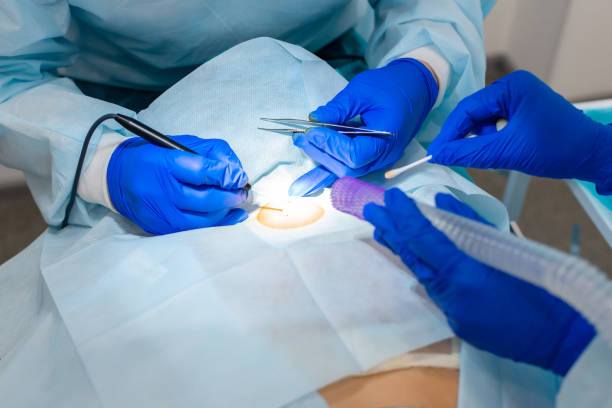
What Are The Risks And Potential Complications Of Squamous Skin Cancer Removal Surgery?
Tumor excision surgery is usually straightforward, however, complications and side effects might arise on rare occasions:
- Wound infection: Bacterial infection can occur after surgical excision of any skin lesion. This might be treated with topical or oral antibiotics.
- Bleeding: Sometimes, a tiny blood vessel might keep bleeding after surgery. If this does not stop after a few minutes of compression, you might need to come back again to receive the proper treatment.
- Recurrence: Although very rare, squamous cell carcinoma can recur after it is surgically removed. This is possibly a result of incomplete resection during the first surgery.
Find out more details about the risks and potential complications of plastic surgery.

How much is Squamous Skin Cancer Removal Surgery in Sydney?
The cost of skin cancer surgery depends on the size, shape, and location of the squamous cell tumour. Some skin cancers are more technically demanding and time-consuming, so the costs may vary.
During your consultation with Dr Kernohan, you will be given an exact quote of the surgical costs. In any case, skin cancer surgery may be partially covered by Medicare and health insurance.
Visit Dr Kernohan’s pricing & fees page for more information.
Contact Dr Kernohan’s team for a cost estimate or to set up an appointment.




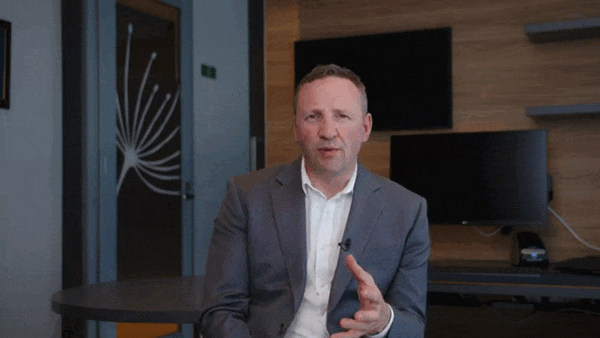
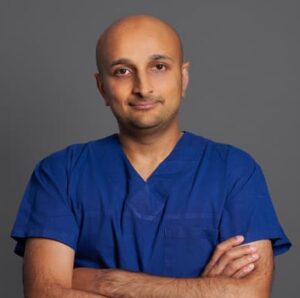 Dr Varun Harish FRACS (Plas) – Plastic Surgeon
Dr Varun Harish FRACS (Plas) – Plastic Surgeon